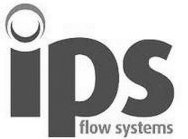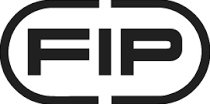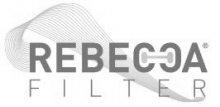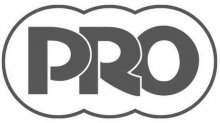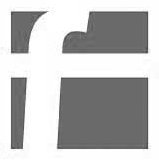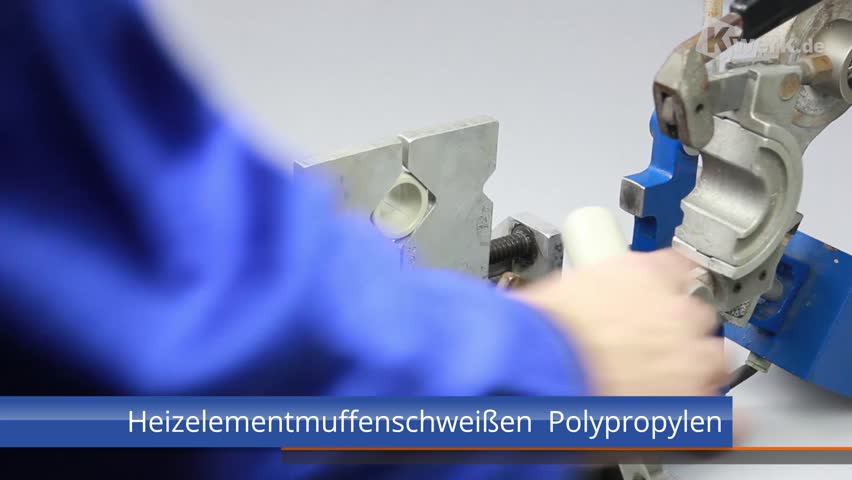Technical Information PP Pipe Systems |
Introduction PPThe company Akatherm FIP GmbH located in Mannheim is a leading provider of PP tube components, with long-term experience in plastic pipelines. Our products and services underlie a strict standard of quality. Besides pipes, extruded and segment welded mounted patterns we also offer the different accoutrements needed for the construction of conduits. Flanges, seals and fixing material round off our product range. Akatherm FIP uses PP-H for pipes and accoutrements. For fittings PP-H and PP-R find application. The following details were gathered with best knowledge and care. Nonetheless itís not possible to deduce liability from the given information. Polypropylene (PP) is a semi-crystalline material. Because of its mechanical properties, its chemical resistance and especially because of its high thermal endurance polypropylene plays an important role in the field of pipe construction. Advantages of the PP-systemPP Pipes, PP fittings, PP valves and accoutrements are produced out of the material PP-H (Polypropylen-Homopolymer) or PP-R (Polypropylen-randomcopolymer). Their properties predestine the material PP for the manufacturing of pressurized pipelines. Reaction of PP when used outsideWhen used or stored outside PP, which isnít particularly stabilized, is damaged mainly by the short-wave UV-radiation from the sunlight in combination with the Oxygen in the air. Depending on the duration of the insolation, the colour and the mechanical parameters change. As an effective protection for outside installation we recommend using an isolation system, a cover or a protective coating. |
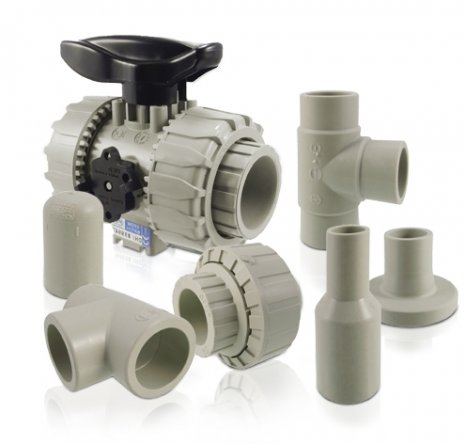 |
Chemical resistancePPís chemical resistance is comparable to that of PE. Because of its covalent character PP has a good resistance against salts, acids, alkalis and other solvents, even under high operating temperatures. In contact with aromatic compounds PP shows a conditional resistance. PP is not resistant to strong oxidants. The chemical resistance depends on multiple factors like the operating temperature, the operating pressure and other influences. Concerning information on the persistence of PP against special chemicals you can look up the resistance in our persistence list or contact our product management. Temperature limit of application and maximum operating excess pressuresPP can be used from 0°C up to 95 °C. Depending on the demanded endurance of the system, we recommend to use PP in a temperature range from 10°C to 80°C. Concerning the internal pressure capacity of pipes and fittings please confer. More details regarding the processing and function of our products can be found in our technical records. Please contact us in order to receive the latest version. You can also find it under www.fipnet.com. The load-bearing capacity of the accoutrements is apparent from the corresponding information. Electrical propertiesPP is a covalent hydrocarbon polymer with exceptional isolation properties. Because of the possibly resulting static electricity PP canít be used in situations where a danger of inflammation or explosion exists. Low weightPP systems weigh only half in comparison to copper pipe installations and only 1/6 compared to steel pipe installations. This simplifies the handling and new fields of application are possible, in which PP can replace metallic systems because of its special characteristics. As all semi-crystalline thermoplastics PP has a relatively high thermic coefficient of expansion (0,16mm/m °C). This fact has to be taken into consideration during the planning of the tube system. There exist several solutions: Installation of an expansion arc or compensators as well as clamping them at fixed points. In order to do this, sound knowledge of the use of plastic is necessary and we recommend to calculate the planned system with the help of a computer program. Easy connectionThe welding of PP pipe systems allows an easy installation of new systems and an accordingly easy modifying of existing systems. The user has the choice of welding procedures which are admissible according to DVS 2207- part 11: Heated tool butt welding, heated tool socket welding and heating spiral welding. |
|
||||||||||||||||||||||||||||||||||||||||||||||||||||||||||||||||||||||||||||||||||||||||||||||||||||||||||||||||||||||||||||||||||||||
Pipe supportPipes are often installed in pipe clamps which donít hinder their linear expansion. The pipeline has the possibility to slip into the pipe clamp. Therefore the constructions have to be as stable as possible, but they shouldnít hinder the axial movement of the pipe. The metallic pipe clamps have to be free from sharp edges or ridges which might harm the tube. The space immediately next to the clamp has to be free from obstacles (e.g. fittings, sockets, weld joints) which limit the mobility of the pipeline. When installing pipelines where the pipe itself canít expand, it is necessary to use guiding clamps. They have to guarantee that the tube doesnít collapse because of the occurring compression. The possibility to slip isnít necessary in contrast to the slipping clamp. Support of heavy parts of the pipelineAccoutrements, filters or other heavy parts of a pipeline should always be attached independently from the conduit in order to keep inadmissible loads from the pipeline. For example when flanging in butterfly valves, mounting plates can be used instead of loose flanges accoutrement or for ball valves special ball valve mountings can be used. Pipe conductOverhead conducted pipelines should be installed in a way, that enough changes of direction exist, to absorb the expansion or tightening of the pipeline. Through the application of accordingly designed bending connecting pieces and the fixing methods described above an aimed axial expansion without causing excursion is achieved. In every case the pipe flexibility can be exploited. Distances of pipe clampsPipe clamp distances in mm for tubes made of PE 80 and PE 100 (SDR11) with mediums of a density ≤1 g/cm³ Coefficient of correction concerning the support span determination The stated figures are valid for pipes SDR 11. The following coefficients of correction apply: Coefficient of correction in dependence on the SDR-series Pipe SDR 17, 6: - 0.91 Pipe SDR 33: - 0.74 Coefficient of correction in dependence on the circulatory medium Density: >1.0 g/cm³ < 1.25 g/cm³ -0.96 Density: >1.25g/cm³ < 1.50 g/cm³ -0.92 Regarding coefficients of correction under utilization of gaseous mediums please make reference to our product management. NormsThe available tubes and fittings are produced according to the most important national and international norms and regulations. Those include: - DIN 8077 - DIN 8078 - ISO 7/1 - ISO 228 - DIN 16962 - DIN EN 1092 (DIN 2501) - DIN EN ISO 15494 Guidelines for thermoplastic welding and project planningThe project planning of pipelines and the linked welding processes, as well as the education of our plastic welders are based on the principles of the DVS-guidelines (German union for welding and similar processes) and follow especially the given guidelines: - DVS 2205 - DVS 2207 ff - DVS 2212 - DVS 2210 ff Authorization- TA-air-license for 2- and 3-way ball valve (TA= technical instructions from the german government in order to keep air clean) - TA-air-license for butterfly valve - TA-air-license for diaphragm valve - DIBt-license for 2-way ball valves Heating spiral weldingWhen using sockets for resistance welding the surface of the connecting pieces has to be free from soiling. Afterwards the surfaces in the welding area have to be treated mechanically. Appropriate tools are rotary peeling devices. You have to keep in mind that the ends of both welding elements have to be cut in length plane-parallel, the push-in depth of the socket (half the length of the socket) has to be marked on the surface and both of the welding elements need to be plugged in as far as it will go (you can control this with the help of the mark). During the welding process the welding elements need to be free from tension. The respective sockets for resistance welding are welded together with the corresponding welding machine (pressure sockets for resistance welding with a pressure socket welding machine). Workshop components and prefabricated subassemblies Production parts or prefabricated subassemblies are, if no divergent arrangement was made, produced according to internal general tolerances. For butt welded T-pieces and junctions, if technical possible, the inside welding lip will be minimized as much as possible. For butt welded segment arches the inside welding lip wonít be cut down. |
Optimize your shopping experience with our detailed delivery information |
Partnership at the highest level. |
|
|
|
|
|
|
|









